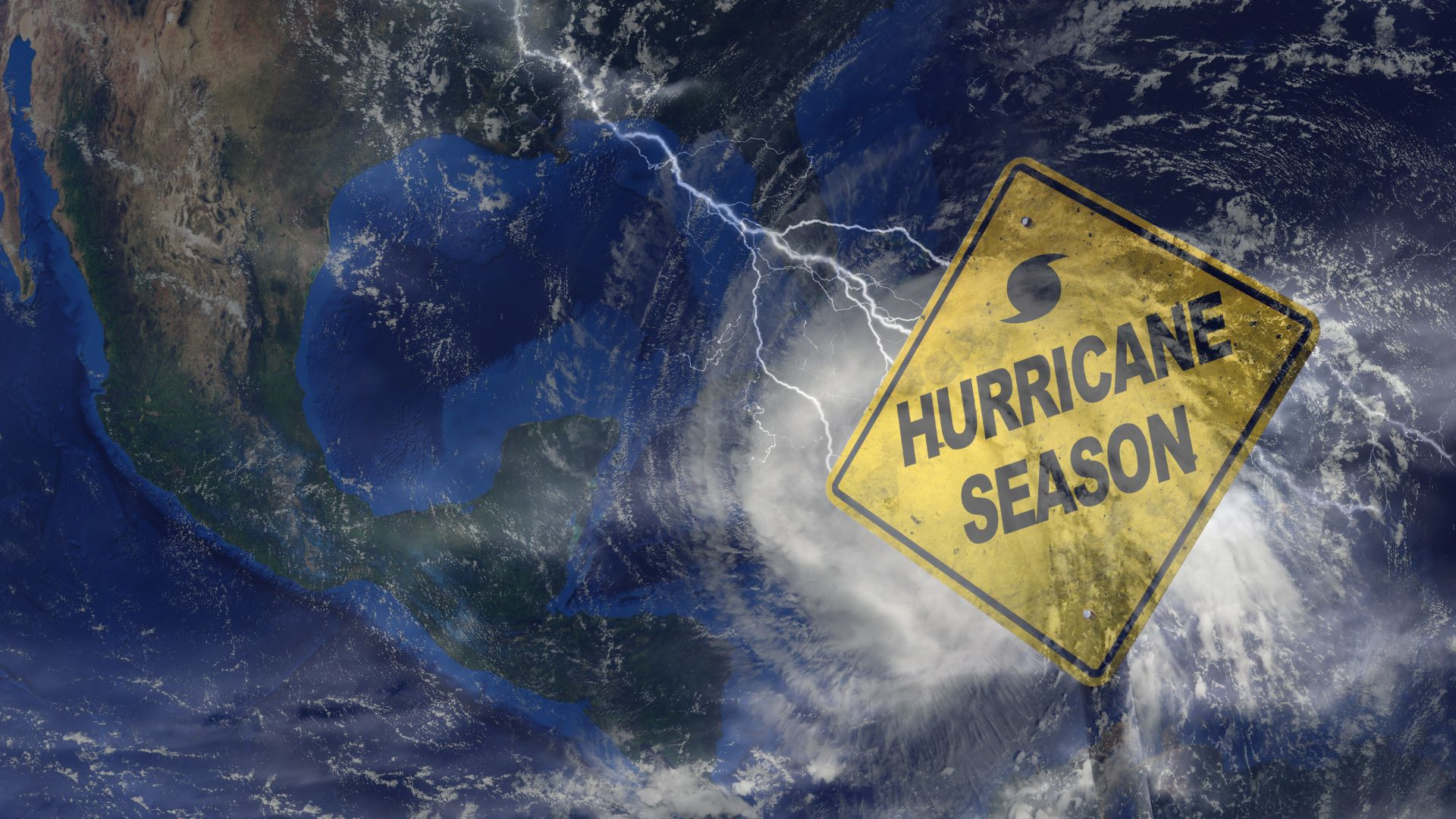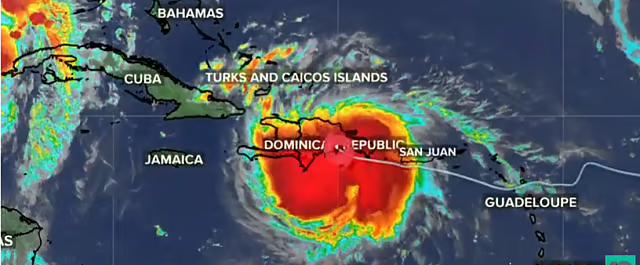
Typhoon Danas Slams Taiwan with Torrential Rains and Powerful Winds, Disrupting Life Across the Island
Typhoon Danas made landfall in southeastern Taiwan late Monday night, unleashing damaging winds, flash floods, and widespread power outages across multiple counties. The powerful storm, which intensified rapidly over the weekend, has been categorized as a Category 2 typhoon, packing sustained winds of up to 150 km/h (93 mph) and gusts exceeding 180 km/h (112 mph) as it barreled across the island's eastern coastline.
The eye of the storm came ashore near Taitung County, where authorities had already evacuated hundreds of residents from low lying and mountainous areas prone to landslides. Within hours, Danas delivered over 600 mm of rainfall in some regions, triggering landslides, blocking mountain roads, and flooding riverside communities. Emergency responders have been dispatched to assist stranded residents, with helicopters airlifting supplies to isolated villages.
Taipei, although not directly in the storm’s path, experienced severe wind gusts and heavy rain, leading to the suspension of schools, offices, and public transport. In the southern city of Kaohsiung, strong waves battered the coastline, causing damage to fishing boats and port infrastructure.
As of Tuesday morning, Taiwan’s Central Emergency Operation Center reported
Over 92,000 households without electricity
More than 300 domestic and international flights canceled or delayed
Dozens of rail services suspended across eastern and central Taiwan
At least five injuries reported due to flying debris and flooding related incidents
Taiwan's Central Weather Administration (CWA) issued multiple red alerts and warned of continuing danger from swollen rivers and unstable slopes. Although Danas is expected to weaken as it moves northwest toward the Taiwan Strait, authorities are urging caution as residual rains and gusts persist.
President Lai Ching te addressed the nation in a televised statement, assuring citizens that the government was fully mobilized. “We are coordinating all disaster relief units and ensuring timely rescue operations. Our priority is to prevent further loss of life and restore essential services quickly.”
Emergency services remain on high alert as secondary effects, such as flash floods and landslides, remain a risk in central and northern Taiwan due to saturated soil conditions. Military units have been deployed to assist in cleanup operations and deliver supplies to rural areas cut off by storm damage.
Meteorologists attribute the intensity of Danas to unusually warm sea surface temperatures in the western Pacific part of a broader trend of stronger, faster developing tropical cyclones in recent years. “This is another example of how climate variability is amplifying storm systems across East Asia,” said Dr. Hsiao Yun chen, a climate researcher at Academia Sinica.
Neighboring regions, including eastern China and the Ryukyu Islands of Japan, are now bracing for the remnants of the storm, which is forecast to continue moving northwest, bringing heavy rain and strong winds to parts of Fujian and Zhejiang Provinces over the next 48 hours.
As Taiwan begins cleanup efforts, the typhoon has renewed debate over urban resilience and infrastructure preparedness in the face of increasingly volatile weather systems. Authorities have vowed to review flood management protocols and early warning systems in the wake of the storm’s disruption.
Typhoon Danas, though now weakening, has left a powerful reminder of the island’s vulnerability to nature’s extremes highlighting once again the urgent need for long term adaptation in a changing climate.
Related Post
Popular News
Subscribe To Our Newsletter
No spam, notifications only about new products, updates.














